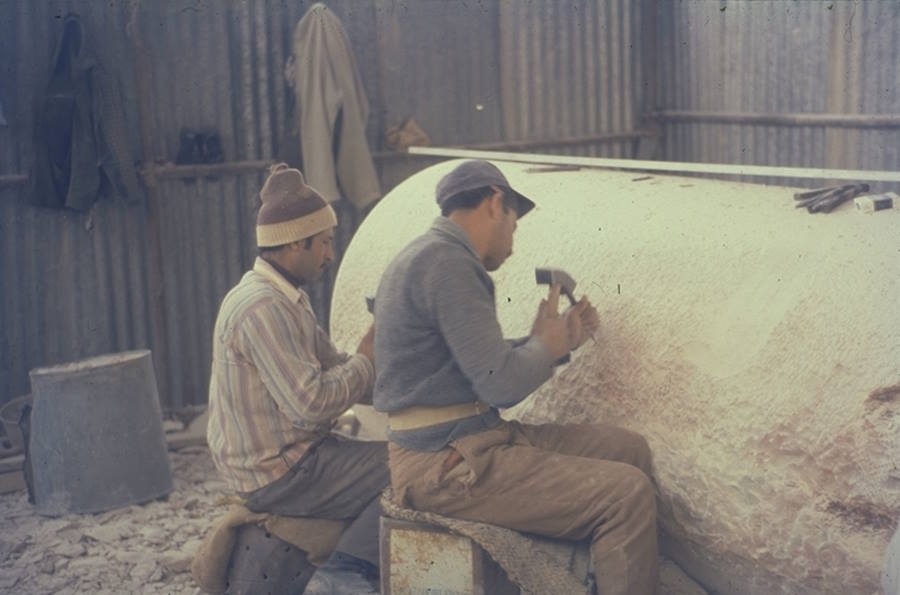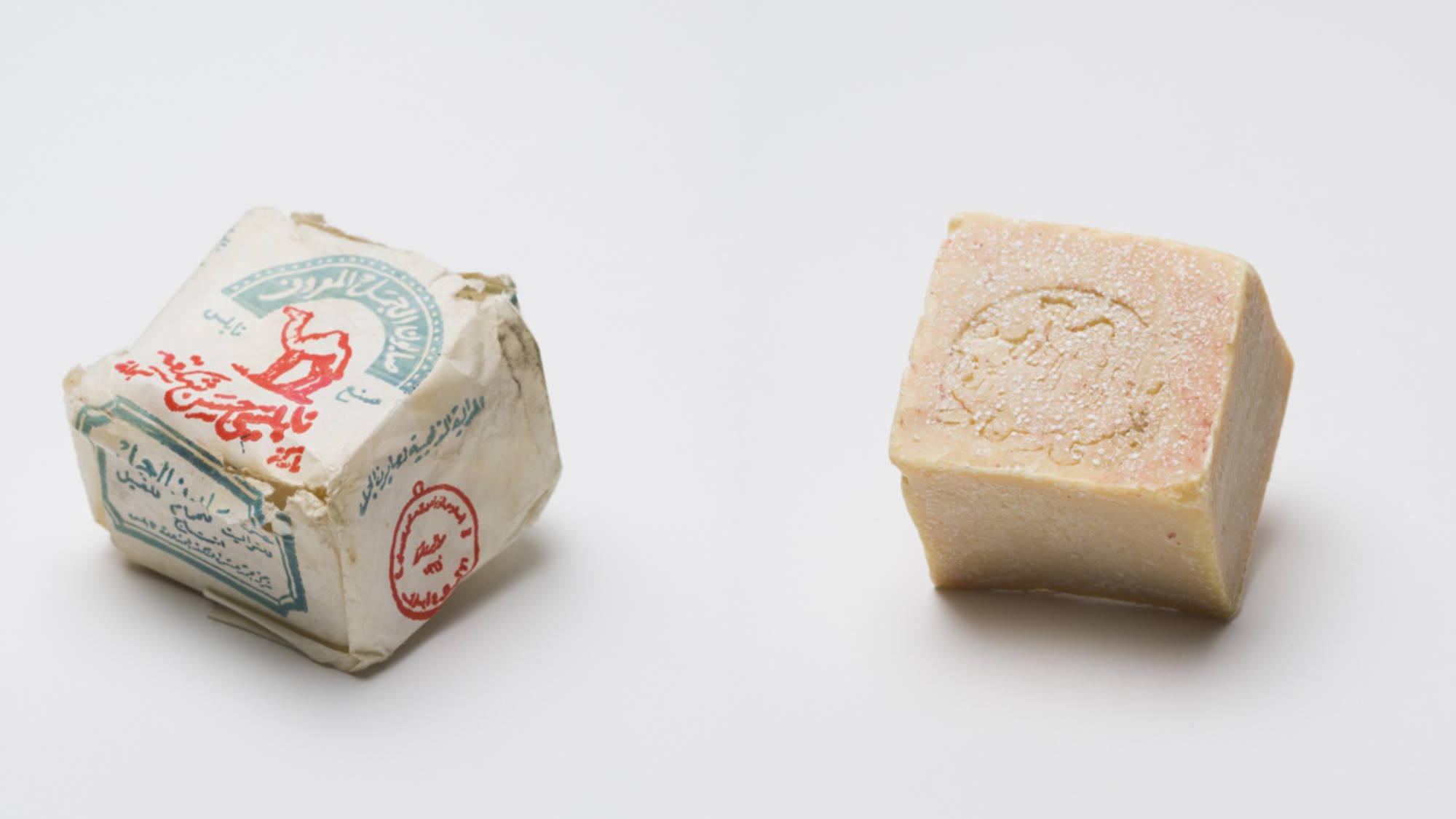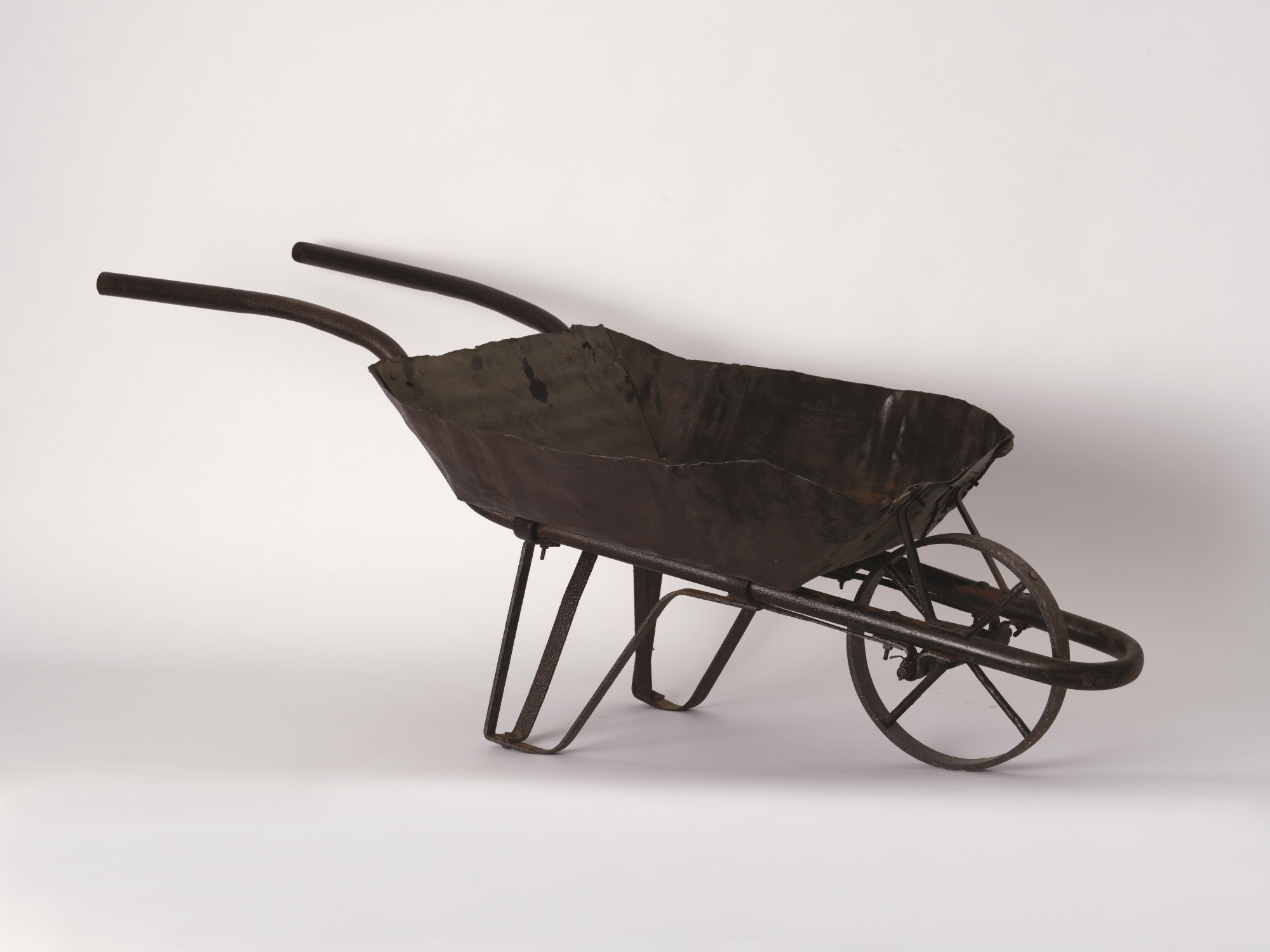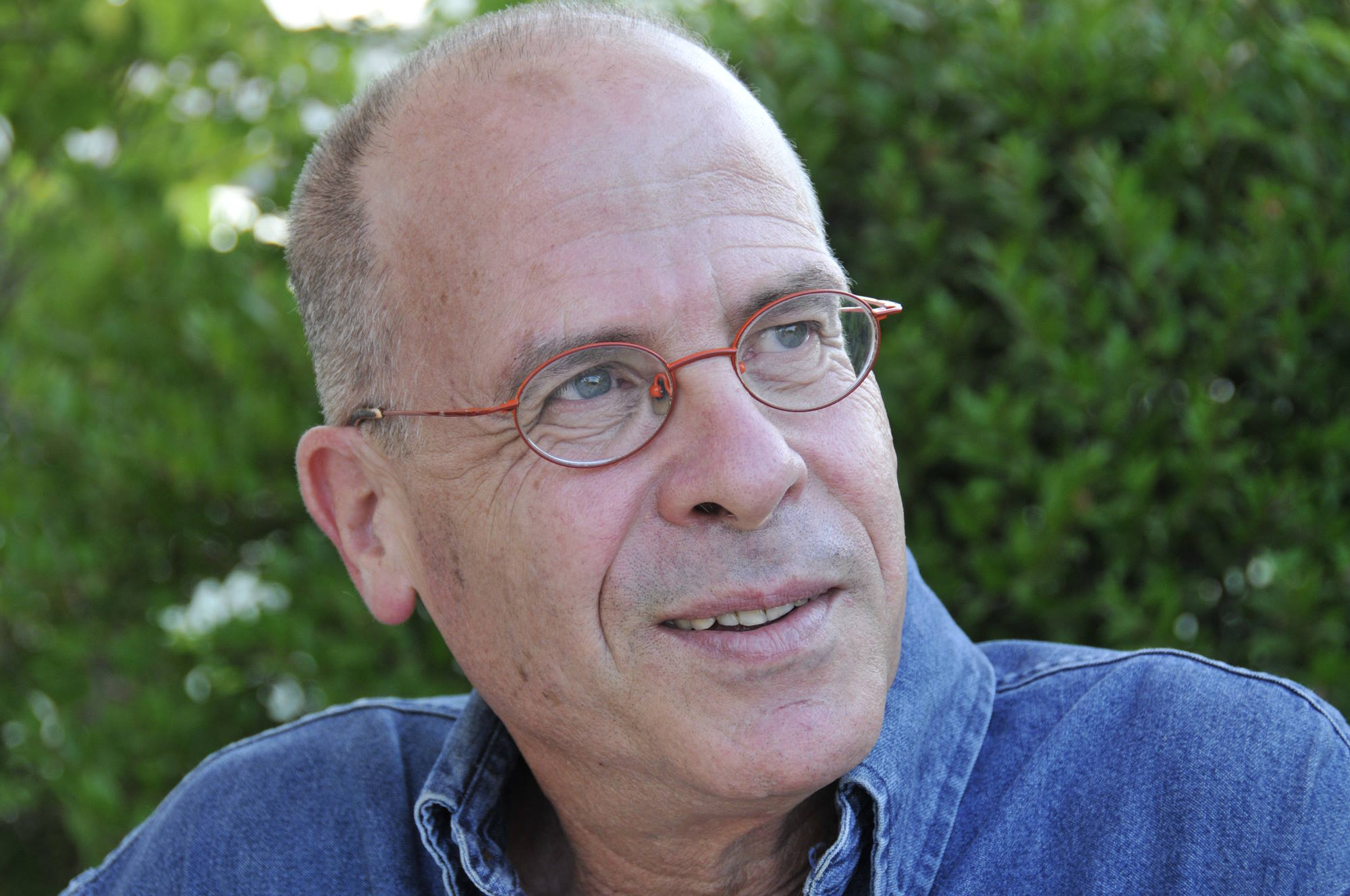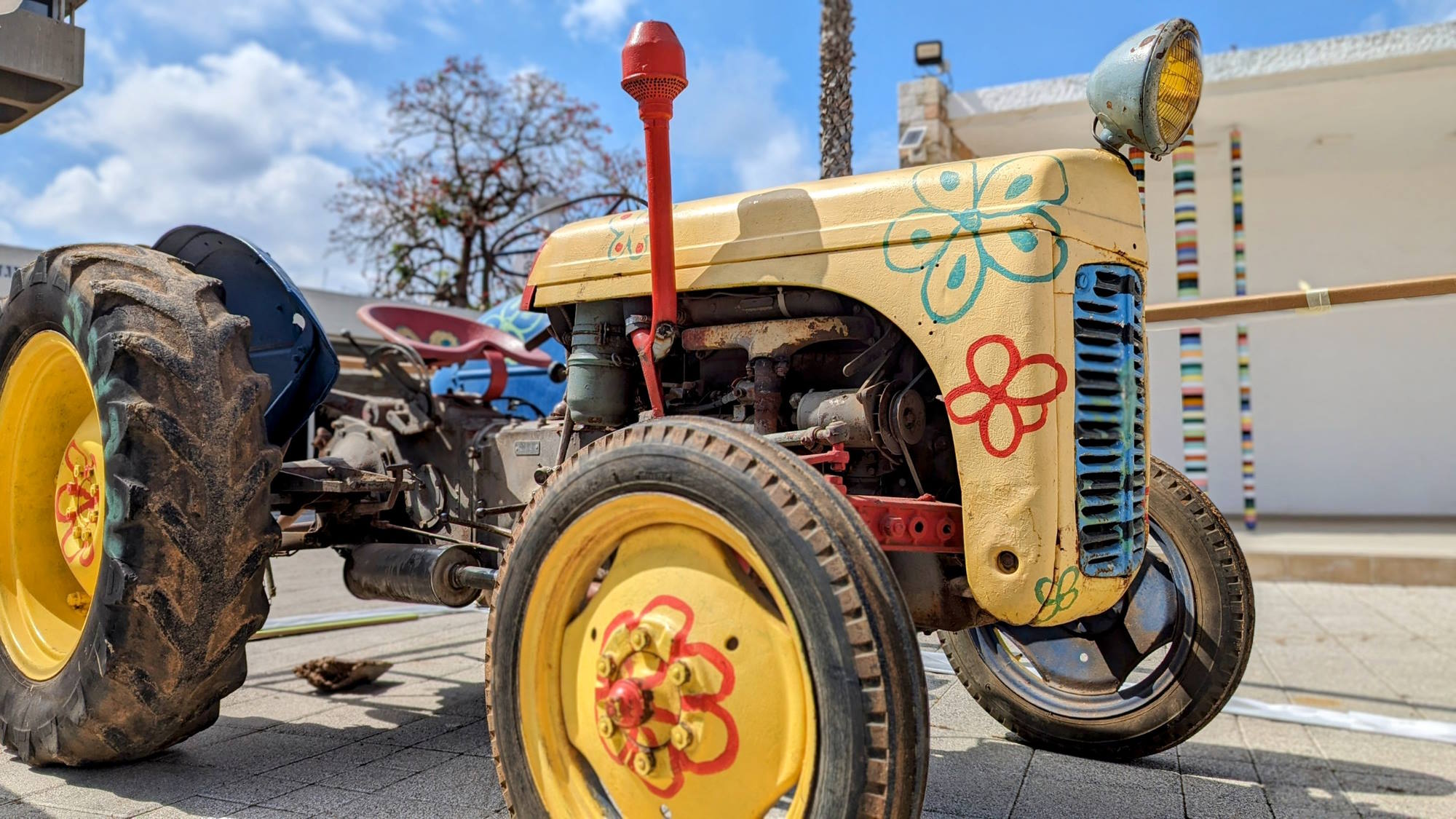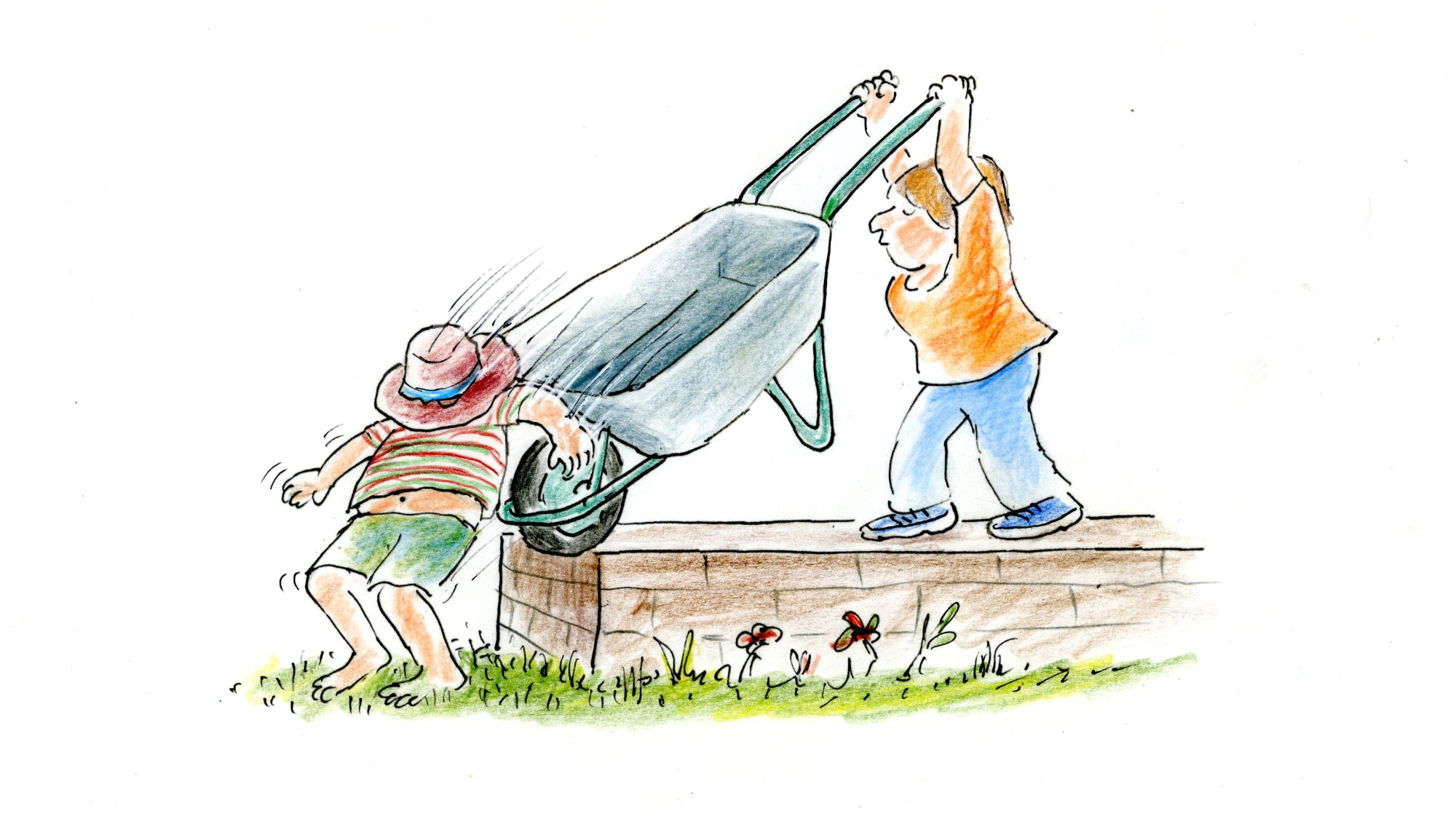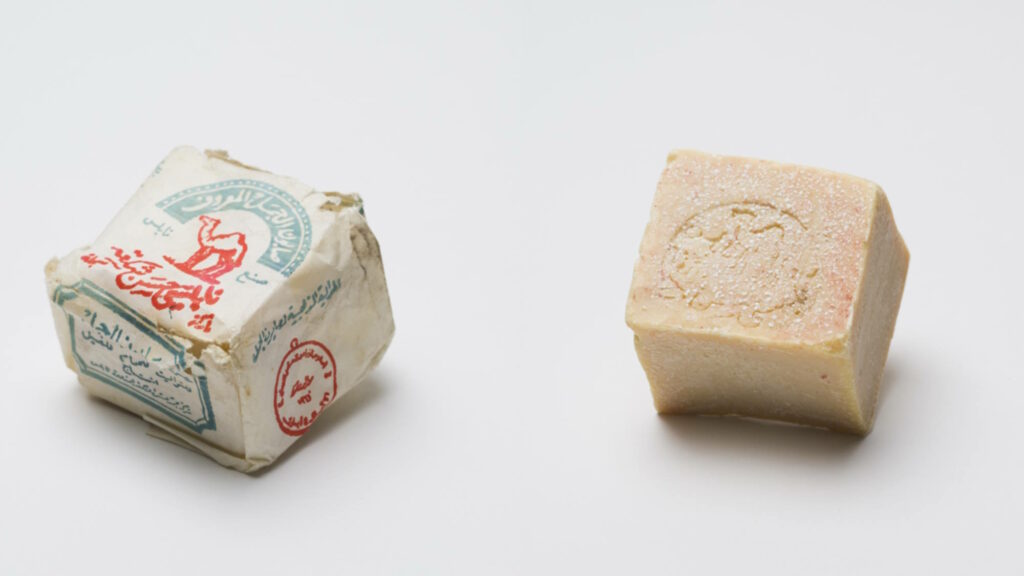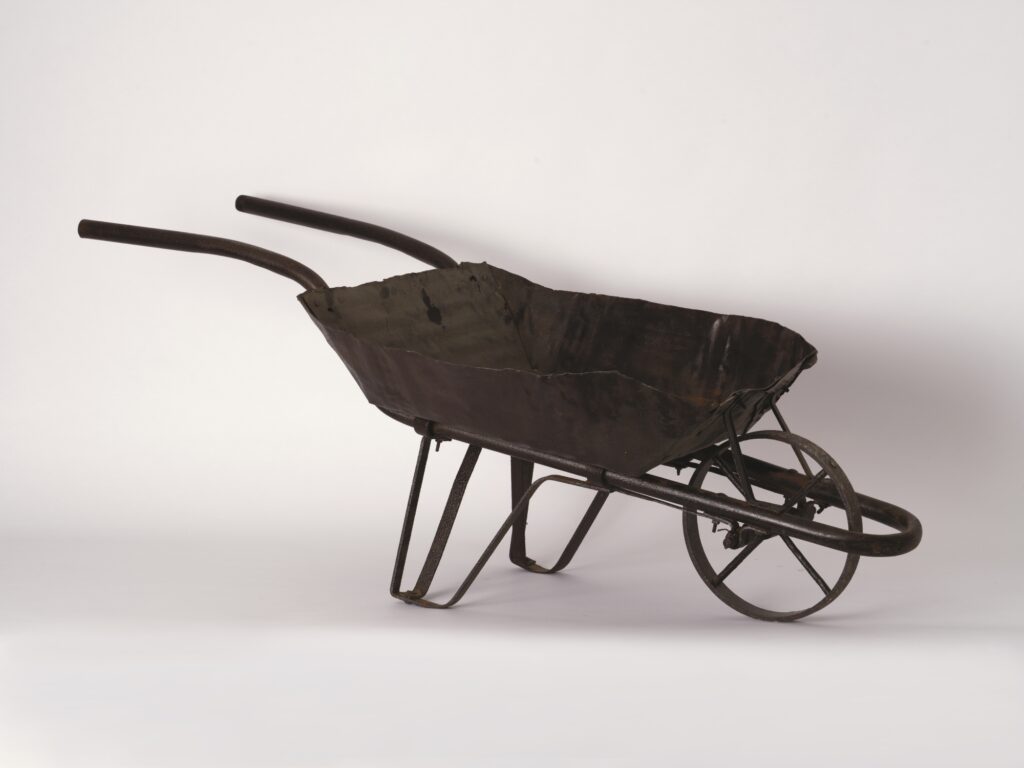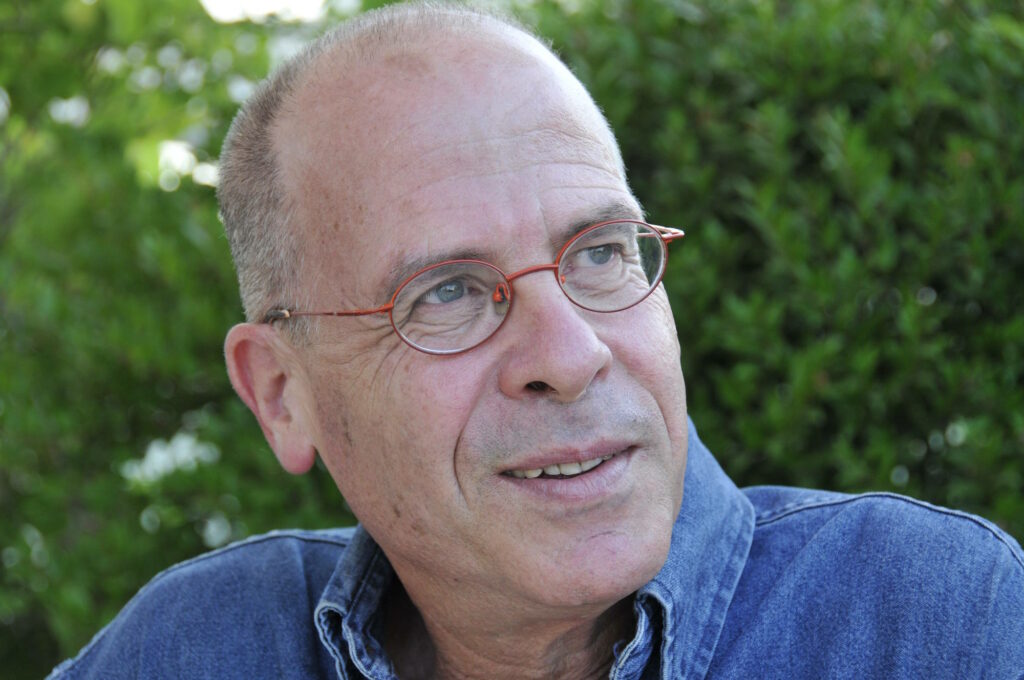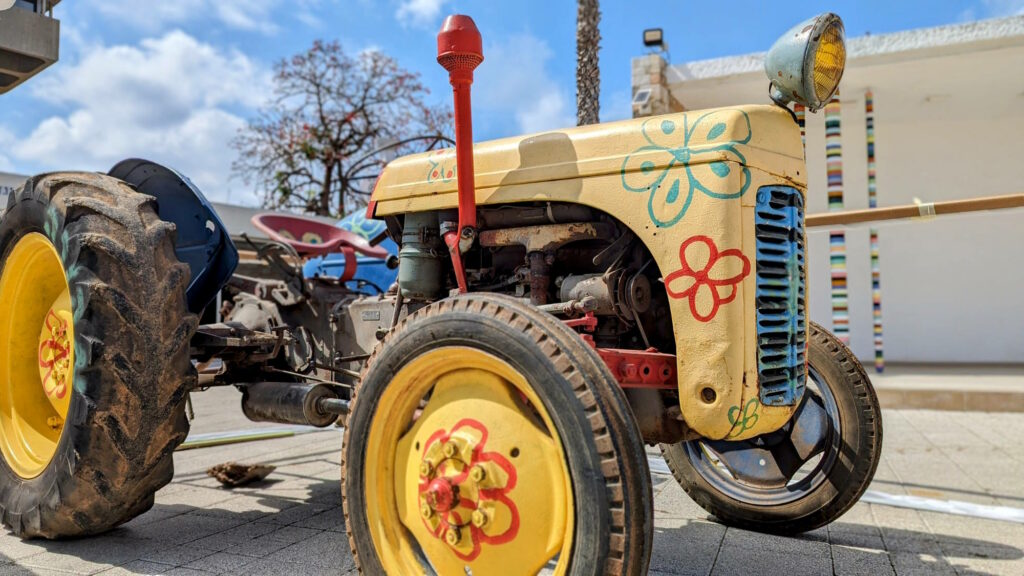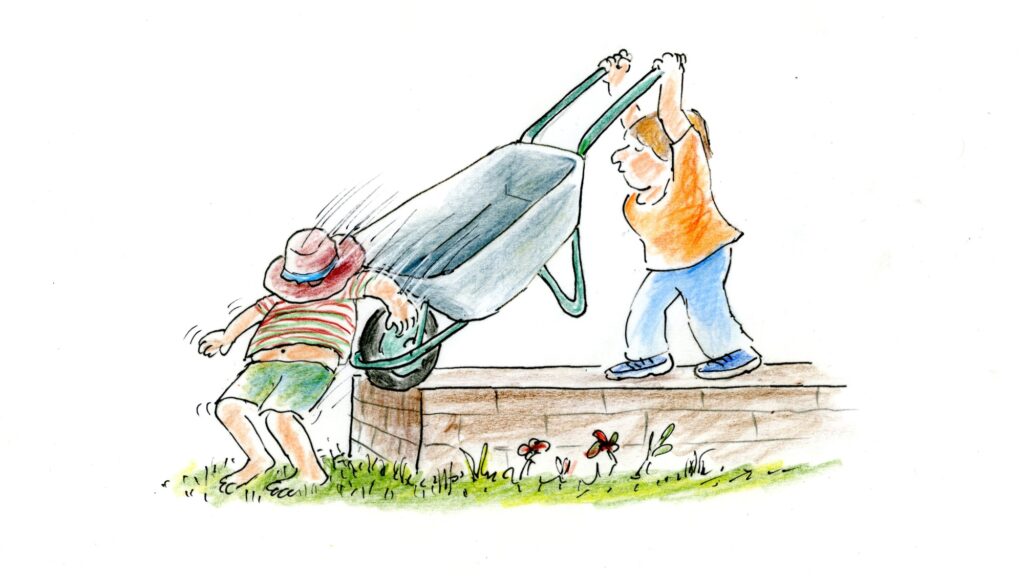Each of the writer Meir Shalev’s books presents us with a world characterized by multiple plots, various protagonists and figures, botanical, geographical and historical knowledge, and references to biblical texts and to the myths of various cultures. Shalev also attended, with great care, to the world of local craftsmen, offering meticulous descriptions of their work and of their unique implements.
The exhibition brings to life Shalev’s literary descriptions through a display featuring the implements used by the craftsmen in his books. These implements are all part of the Man and His Work Center at MUZA – the Eretz Israel Museum, Tel Aviv. The museum’s unique, wide-ranging collection of implements, the largest of its kind in Israel, preserves the knowledge acquired by craftsmen in the region over the past centuries.
Central to the exhibition is the delicate equilibrium between matter and spirit: between the implements – the raw material that inspired Shalev – and his literary descriptions. The display sheds light on the process of creation, in which a tiny spark of inspiration arising in a craftsmen’s mind is given form through his work implements. The exhibition similarly discloses how, in the craft of writing, inspiration gleaned by the author becomes a good story, as attested to by Shalev himself: “Writing is a craft. It involves a significant degree of welding, carpentry and shoemaking. It is not all melodies and architectures and the application of paint on canvas. The book must work.”
Meir Shalev’s children’s books
Meir Shalev also wrote children’s books. We have chosen to feature four of these books, presenting quotations from them alongside related items from the Man and His Work Center: the representation of the cavemen’s world was inspired by the book How the Neanderthal Discovered the Kebab, the display of the world of pasture and herding was inspired by Panda Goes Grazing, the presentation of the world of fishing was inspired by Kremer the Cat Is a Swimmer, and the representation of the daily battle against lice, familiar since the dawn of history, was inspired by The Louse Nehama.
Shalev’s children’s books are characterized by his typically witty humor and sophisticated language, addressing both children and parents.
Additionally, you are also invited to watch an interview held with Meir Shalev on the program “What Is a Muse?” (Kan Educational), in which he relates to the term “muse,” and to read from his books, which await you in the library.
The exhibition is displayed on the top floor of the Migdal Gallery.
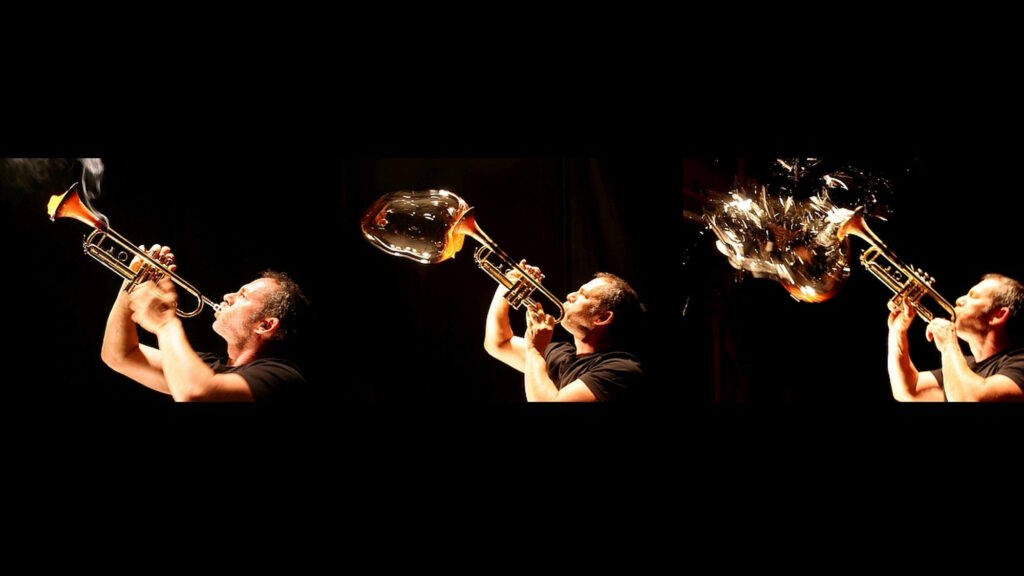
Blow! The Power of Exhalation
20.04.24-26.10.24
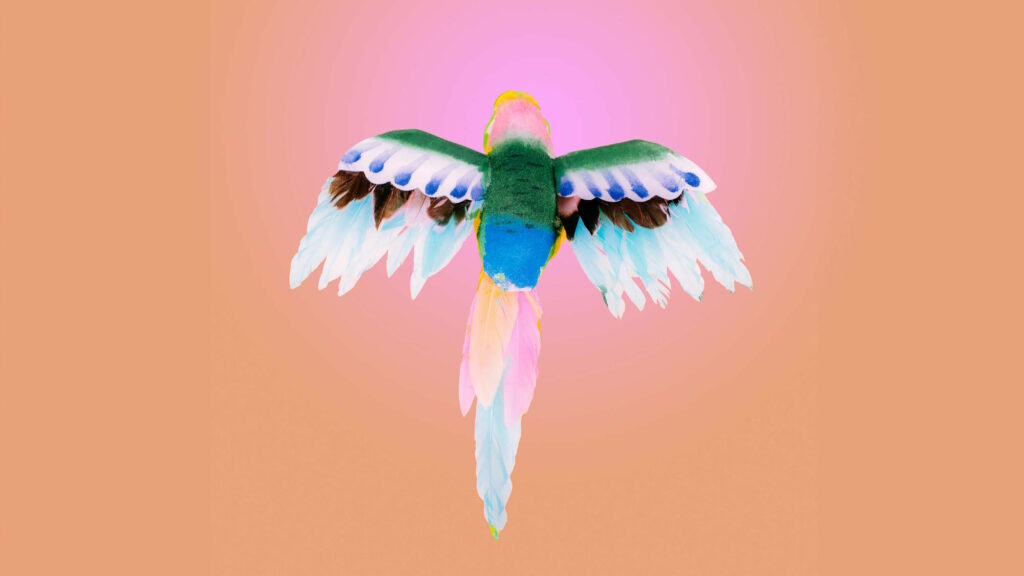
An Asana Moment Meditative Breathing Now
30.03.24-15.06.24
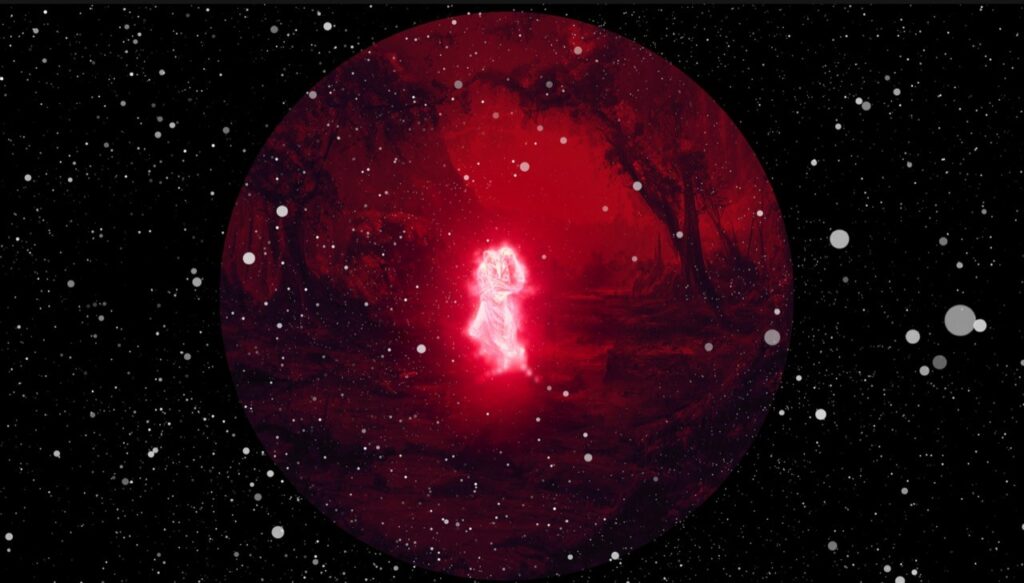
Ran Slavin: Paradise Now (Vol 2) A Site-Specific Multi-Media Video Installation
30.03.24-15.06.24
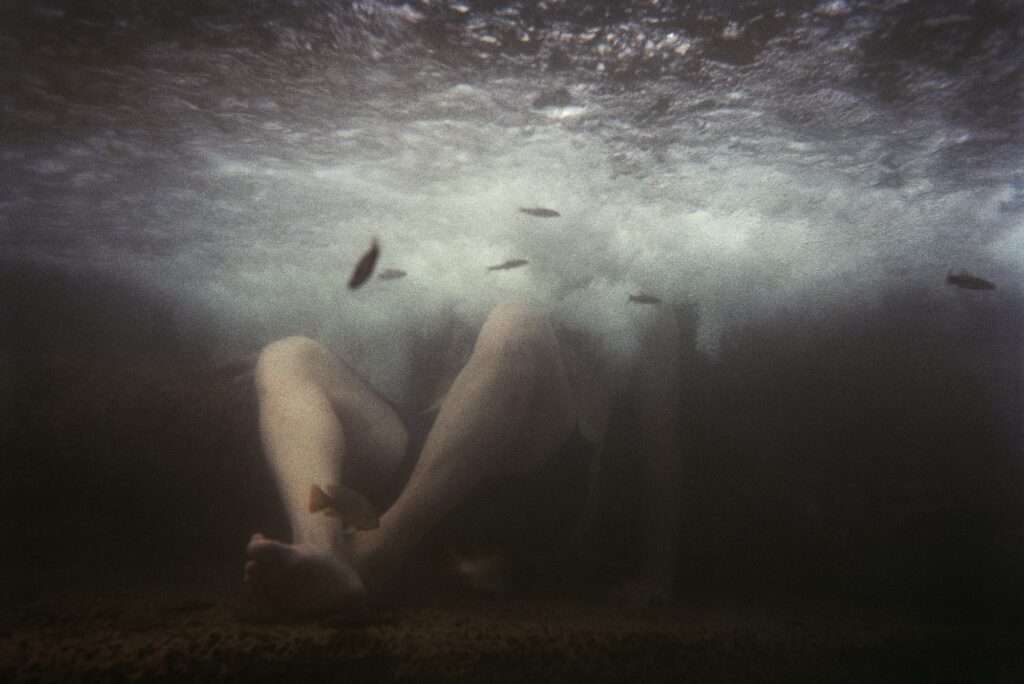
Days before Darkness Daniel Tchetchik
19.01.24-08.06.24
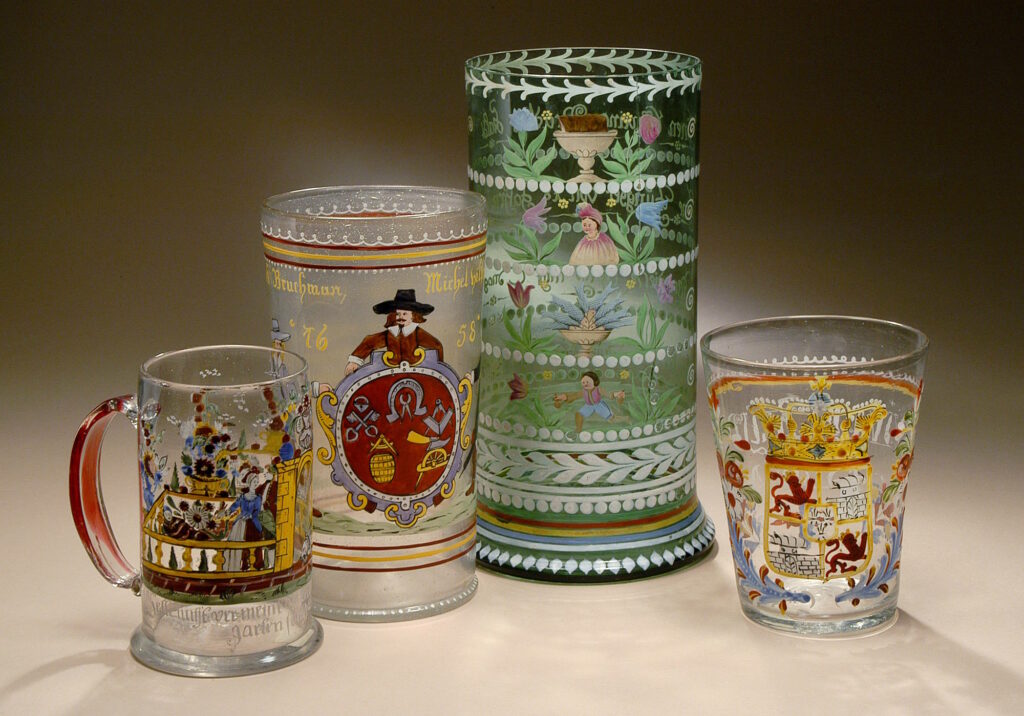
European Glass from the Renaissance to the Mid-19th century Special Exhibition at the Glass Pavilion
15.01.24-15.05.24

